On Finding Photographs
Field Notes II.XLVI: How I captured, worked, and re-worked some recent photos
Welcome to Field Notes!
You guys,
Let me put the narrator voice aside for a moment. I have a stuff pending that I want to present, but haven’t even started working on yet. I find myself in a low point between the creative waves. Maybe I’m just tired. At the end of last week I was looking ahead at how to crank out one of those pending things for today’s issue of Field Notes when I realized I really don’t want to put out a finished work that is rushed and less than what I feel really proud of.
However, this week I had my camera with me out in the world on a couple of occasions. I took some photos, quickly edited them on my phone, and shared them in Substack Notes where they were very well received.
I liked the images, but when I later looked at the phone edits on my computer I knew I could do better. So, I re-worked these images and want to present them to you here. Maybe you’ll be interested in some insight into how I take and process photos? This is not a step by step guide to processing, but a demonstration of the differences between the unprocessed and edited versions of these photos.
Timeliness is a tough challenge to meet. I seem to rarely know about the big natural events like meteor showers, comets, or eclipses until it is too late to plan anything for them. If I do manage to get photos of them, it is often a day or more before I can sit down at my computer for any photo editing. By then, the excitement over the event has waned.
My answer to the problem has been to take my camera with me often. I use Adobe Lightroom for photo editing and there is a phone app with the same functionality as the computer program. I can take a photo, send it to my phone and process it, and share it pretty quickly. The down side is that editing on the phone requires using my fat fingers on a small screen with a tiny image partly obscured by the menus of the app. Not ideal.
This was the case with November’s super moon. In case you’re wondering, a super moon is a full moon that occurs at the same time that the moon’s orbit is closest to the earth. Its hard enough to capture any photos of the moon that approximate how large it registers in our minds, so an occasion like a super moon is a big help.
I learned of this super moon the day it was happening and, of course, I had plans that evening. However, the moon was still high in the night sky when I got up the next morning, to I brought my camera along to look for a moonset photo. I had a couple of locations in mind where I have taken successful moonset photos before, but I was hoping to find something new. And, I had the idea to try to capture the reflection of moonlight on water.
It Could Have Been a Good One!
The best spot I could find was a view from a bridge over a stretch of the Middle Oconee River south of town. I found a composition that gave me the reflection of the moonlight I was looking for. However, the chilly morning air was causing a lot of mist to rise from the water and this was hazing out the moon itself. It was still very early and dark. My hope was that I could lift the shadows in a darker exposure to provide enough detail in the landscape. Unfortunately, it was so dark that I had to increase the ISO camera setting quite a lot.
As you can see here, the image became incredibly grainy when I lifted the shadows due to the high ISO and the mist. Also, the composition, while it does capture the moonlight on water, lacks really any foreground interest.
Digital photography is all about capturing data about the scene. The more light, the more data, and the more data, the more you have to work with in processing. I usually shoot photos with an idea in mind of what I can do with the image later on when I edit it. This one just did not work.
Moonset Over Misty Pond
I lost a little bit of time, but the moon was still pretty high. I continued to drive around. Fortunately, I took a turn down a road I rarely travel and saw a good composition of the moon setting towards a grassy hill with a mist covered pond before it.
You can see above that the unprocessed photo is still pretty dark. My preference would be a much brighter exposure and more light to work with, but if I did that I would blow out any details in the moon itself creating a white dot in the sky. Blown out whites are something you cannot normally recover in processing.
In editing the photo on my phone I lifted the shadows to get more detail in the landscape. I added some contrast and then adjusted the whites to get more pop in the mist on the lake and the seed heads of the grass in the foreground.
Unfortunately, I lost some detail in the moon. Also, the edits were pretty heavy handed. I achieved the effect I wanted, but the final result appears to me now too strong and unrealistic. But, this is the version I shared in Substack Notes and those of you who saw it there really seemed to like it.
I later edited the same RAW file in Lightroom on my computer. The result is the image below. I was able to keep detail in the moon while revealing details in the dark around the foreground, trees, and pond. I was also able to enhance the mist and the grass tips in a way that, I think, looks much more natural.
I waited at this spot for a little while longer. An older guy in a truck turned around to see if I was ok. I was, just running low on coffee at that time.
The moon sank lower towards the hilltop, but I wanted to keep some separation from the horizon. More light across the land helped illuminate the mist on the pond and also in the distance. The grass seed heads popped just a little bit more. I lost some of the redness in the pre-dawn sky as the light of the sun brushed the trees on the hilltop to the right, but overall my favorite version is this final image of the November super moonset below.
Young Bucks
The next morning was saturated in fog. It didn’t look so heavy at first, but as I began to drive around I found certain areas to be much thicker than others. In fog I often look for tree portraits, so that is what I went seeking.
I went directly to a fairly remote spot I am familiar with. This place has open fields, sometimes overgrown, on a sloping hill with forest in the distance. The fog here was denser than anywhere else I saw that morning. I crested the grassy hill eyeing a clump of trees in the distance. Something else caught my eye and I froze. Two young white tail bucks stood partly obscured in the mist, casually munching on the grass. They had not yet noticed me.
I was caught in a dilemma. I did not have my telephoto lens attached to my camera, but if I moved to do so I could easily scare off the deer and miss the opportunity. In this case the long lens was critical to get a shot. So, I moved. But I moved very, very slowly.
As careful and quiet as I could be, the deer still alerted at the movement. I think that the fog prevented them from seeing my human shape though, and they did not startle. I was able to take a knee and change lenses while they watched.
I got several photos of the bucks standing in the field. Then, the foremost deer got a little bit too nervous. He cautiously started walking toward the wood line. There he stopped and again looked in my direction. I believed I had a few good shots at this point, so I was emboldened. I creeped forward several steps to attempt an even closer photo. I had my camera ready and I didn’t get very far before I saw the buck turn and prepare to bolt. I fired several quick shutter bursts as he sprung away, with only the slim hope of catching a decent photo by chance.
Processing these images was tricky. I wanted to increase the contrast and clarity to show the deer clearly, but the more I did so the more I lost the visualization of the fog. The edits on the phone turned out decent. I also shared these in Notes and they were again pretty well received.
I again looked at each of these photos on my computer and re-processed them. There, I was able to select the deer much more precisely. I believe I was able to increase the clarity of the deer in a natural manner that still doesn’t eliminate the effect of the fog. I particularly like the way I was able to highlight the branch over the deer in the final photo. To me it suggests a lightning bolt!
November Tree Portrait
Okay. After I successfully scared all of the wildlife away from the area I was finally able to get my foggy tree portrait! Here, I muted the colors and brought out a little contrast and clarity in the trunks, while really trying to maintain the obscurity of the fog in the branches. I find the contrast of the tree with leaves on the left with the one with bare branches on the right to be really compelling.
So what do you guys think? The Field Notes audience is mixed with both photographers and non-photographers. I kept this post on the very non-technical end of the scale. I hope it has been of interest. Let me know if you like this kind of thing or if you want to know any more details about the photos above-
Its that time of year- we’re counting down 2024 in weeks instead of months! Time for my 2025 calendar! I chose some of my favorite images, mostly from this year, but a couple from last year, to highlight each month.
The calendar is 11x8.5 inches and wire bound. It comes in at about $25 + shipping, depending on your location. You might recognize many of these photos from past issues of Field Notes. It might also make a great gift for anyone who loves the outdoors. Any purchase goes directly to support my work and is much appreciated! Get it here-
Are you getting something out of Field Notes? Help me make it better! You can do this by sharing, subscribing, or supporting with a paid subscription.
By the way, I’m still offering this PDF ebook to any subscriber to Field Notes, but I’ve encountered a technical problem that I haven’t been able to resolve with Substack. If you can’t download it from the Welcome email you receive, just reply to the email and let me know. I’ll send you a link to it in Google Drive.








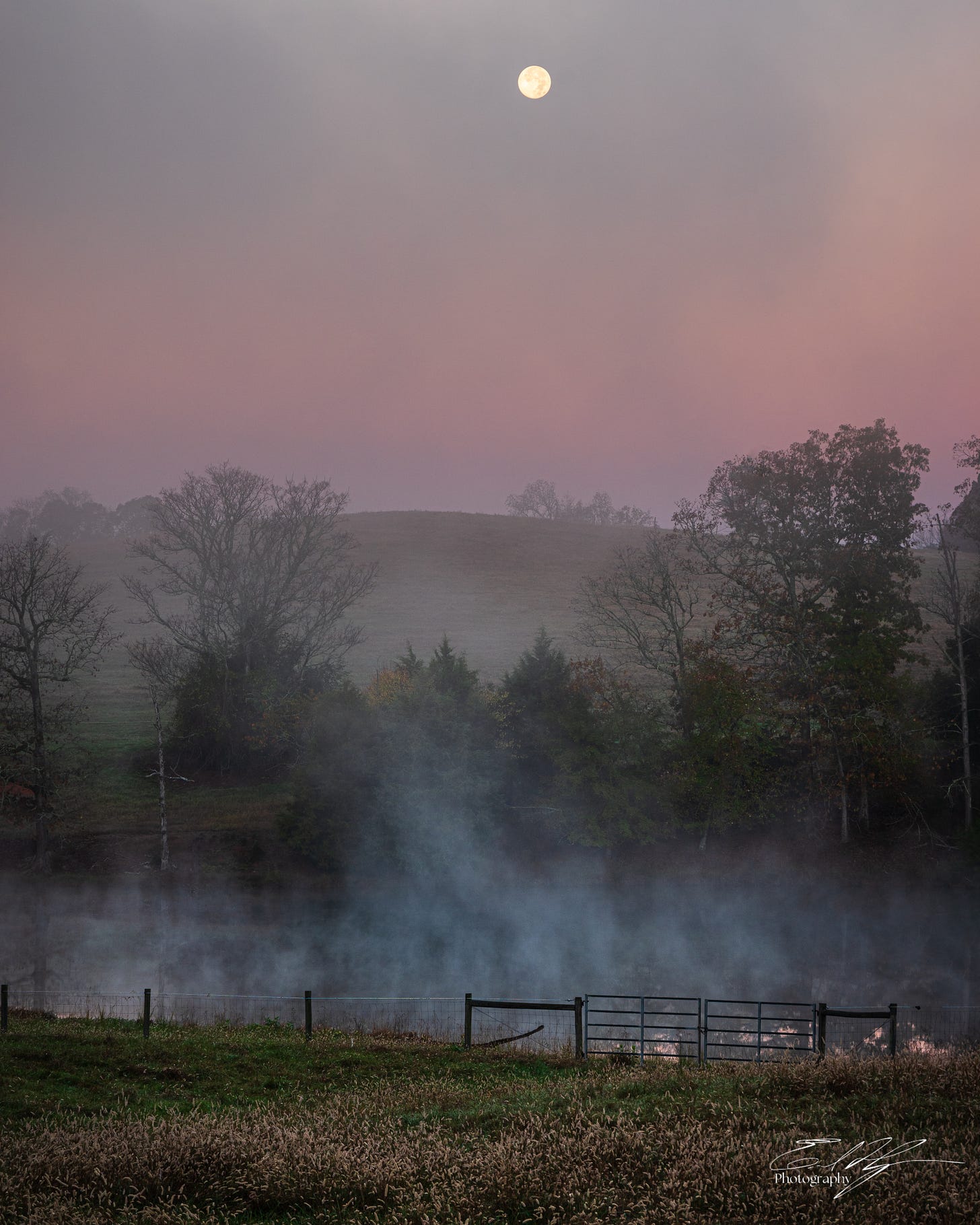
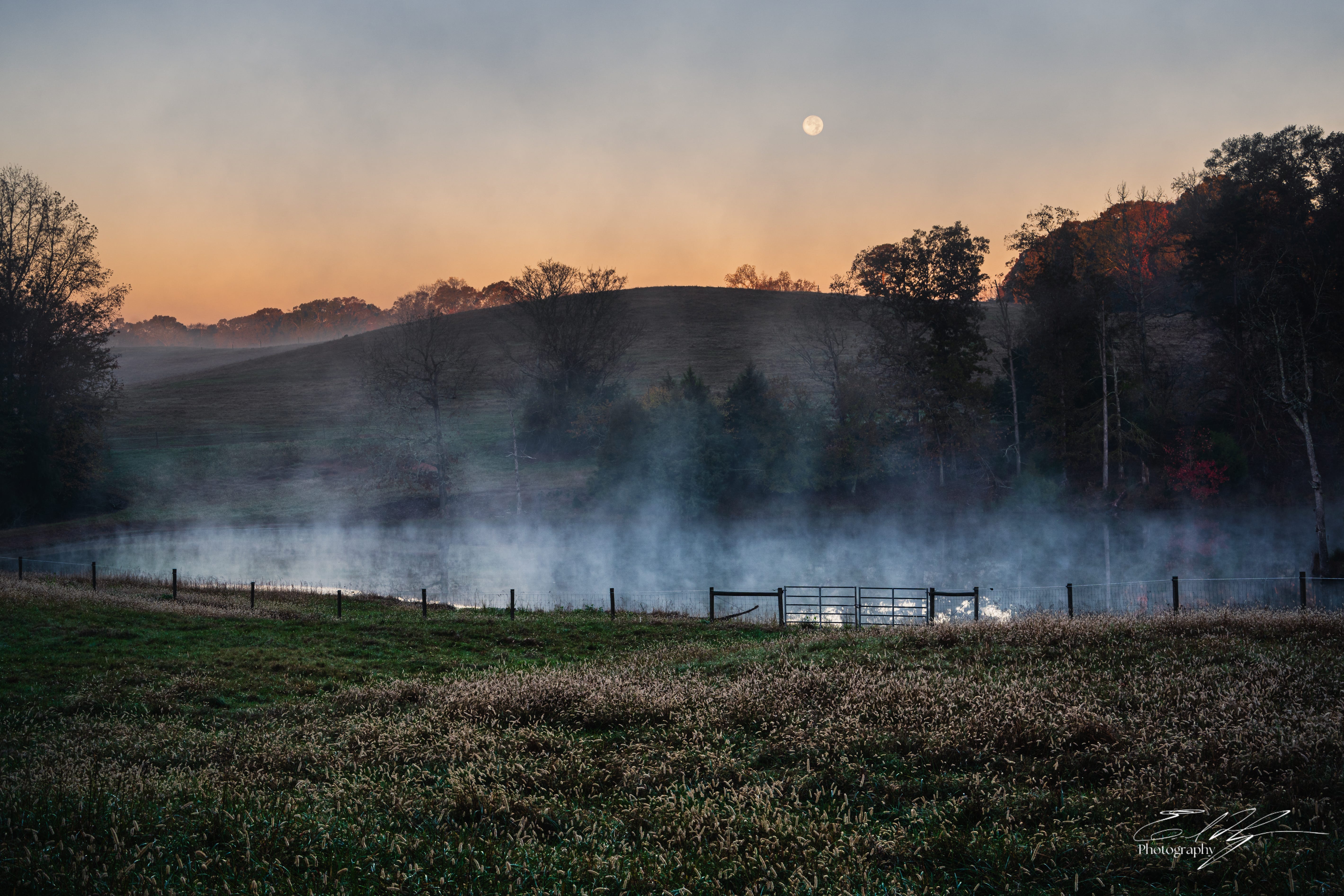


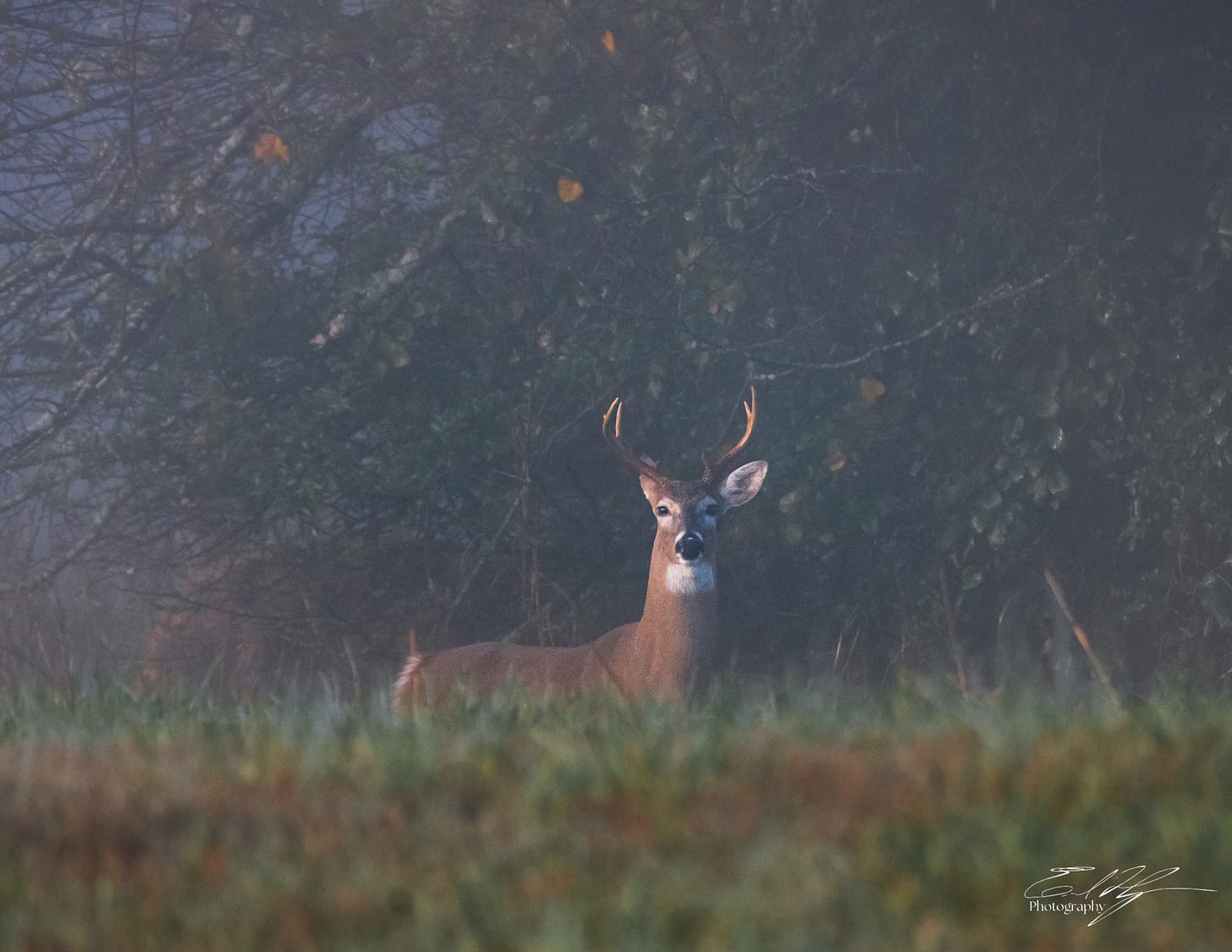

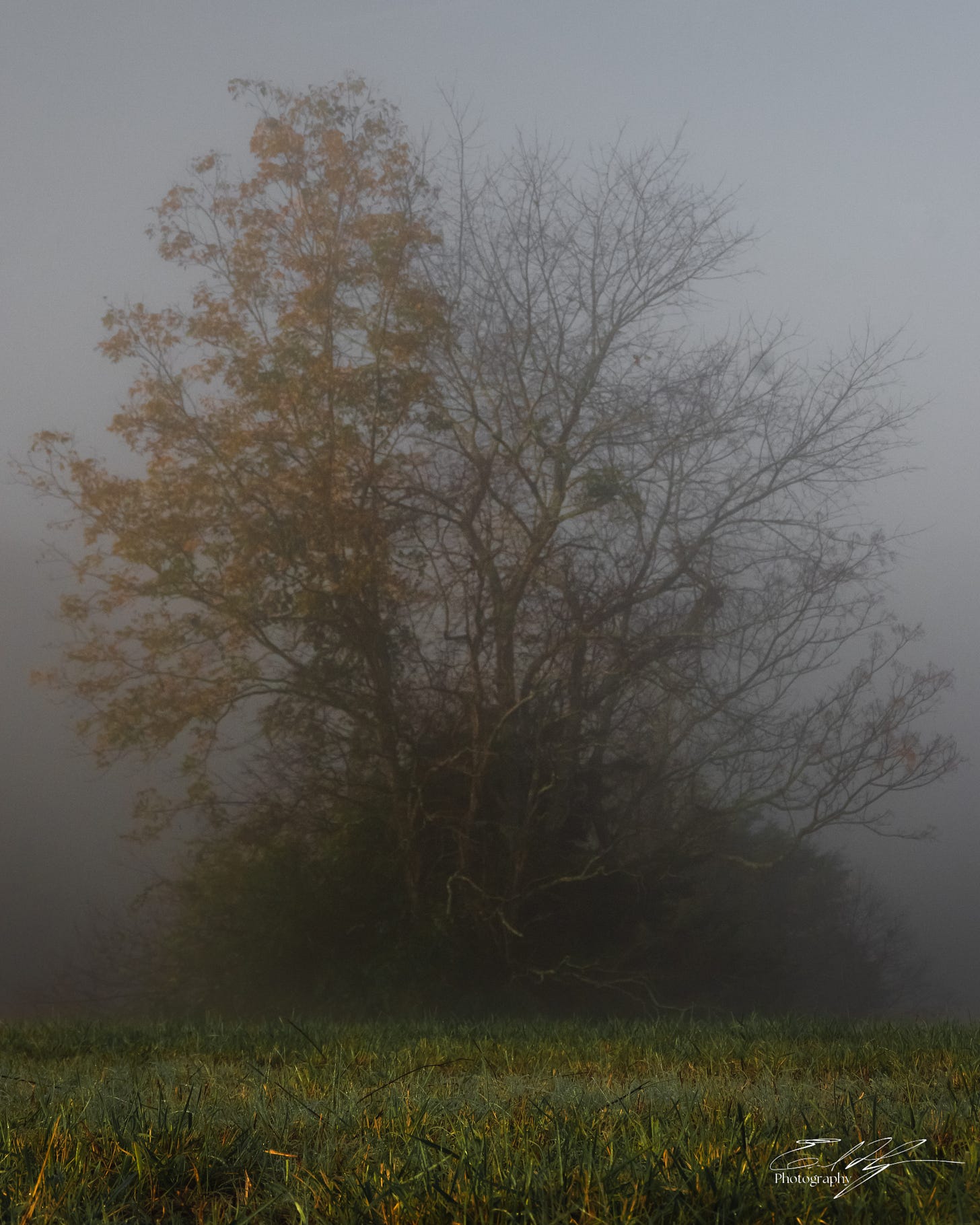


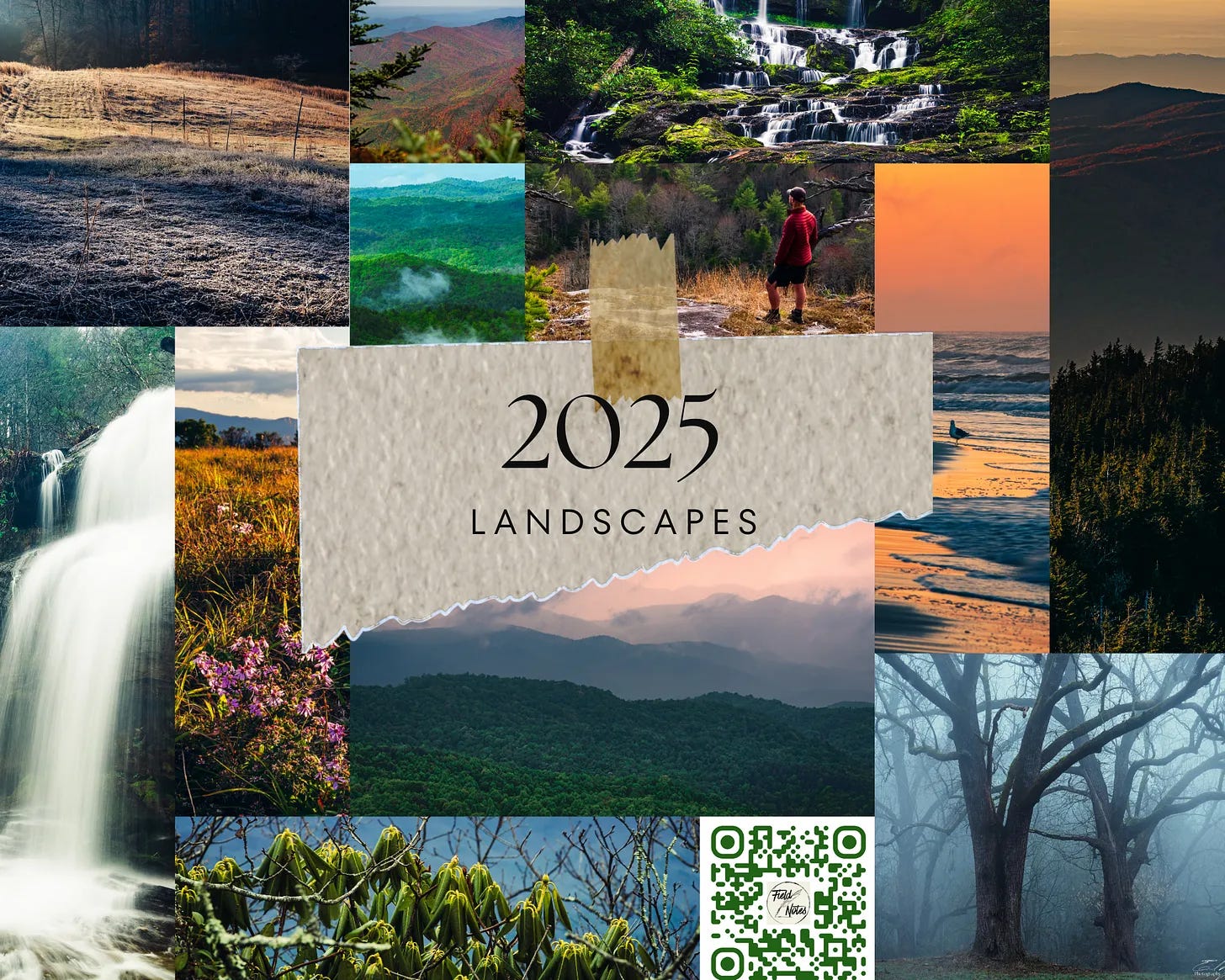


Really good to read how you approached editing these images Erik.
Everybody has a different way of working and I like the results you have achieved especially the shots you have reprocessed on the computer. I never use the phone editor - mainly because the screen is so small and I don't want to feel pressured to put out work I am not happy with.
I always approach processing as if I was painting, the only difference being that I am working on an image that already exists instead of a blank canvas. I tend to highlight areas that I want my viewer to notice and diminish the ones that are less important. To me it is about achieving a flow and balance between tones and light across the scene and I cannot do this on the phone.
I understand the pressure to put out work, but I have come to realise that it is better not to post work that is rushed and to only put out the images that I really like. In the end this makes your portfolio of published work much stronger. 🙂
i would process on the phone only photos that i took with the phone and 90% of it is cropping and straightening. i do understand the need of keeping up with schedules but on the other hand you don't owe anybody anything so don't put pressure on yourself, just do it on your own time, being tired is good to nobody.